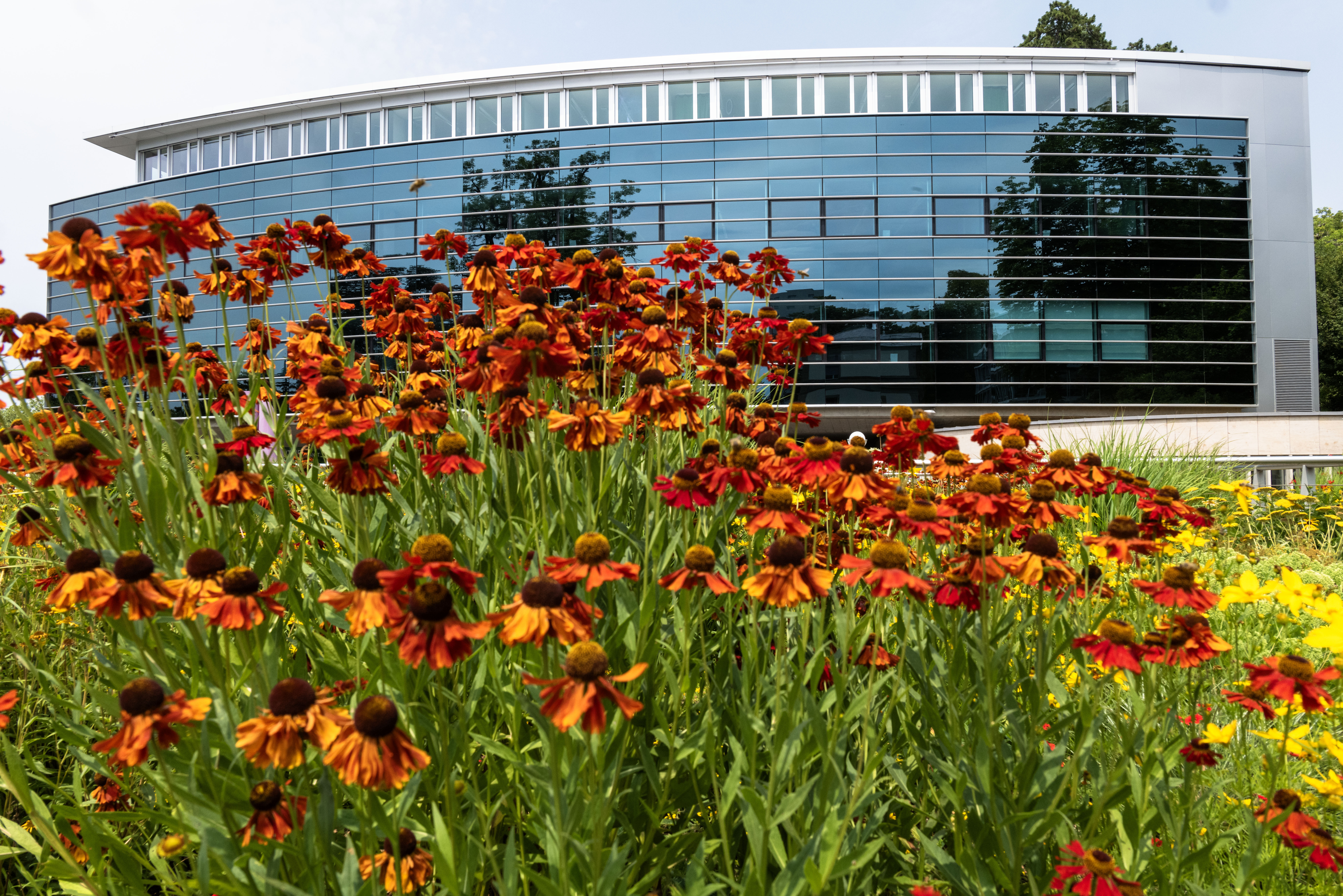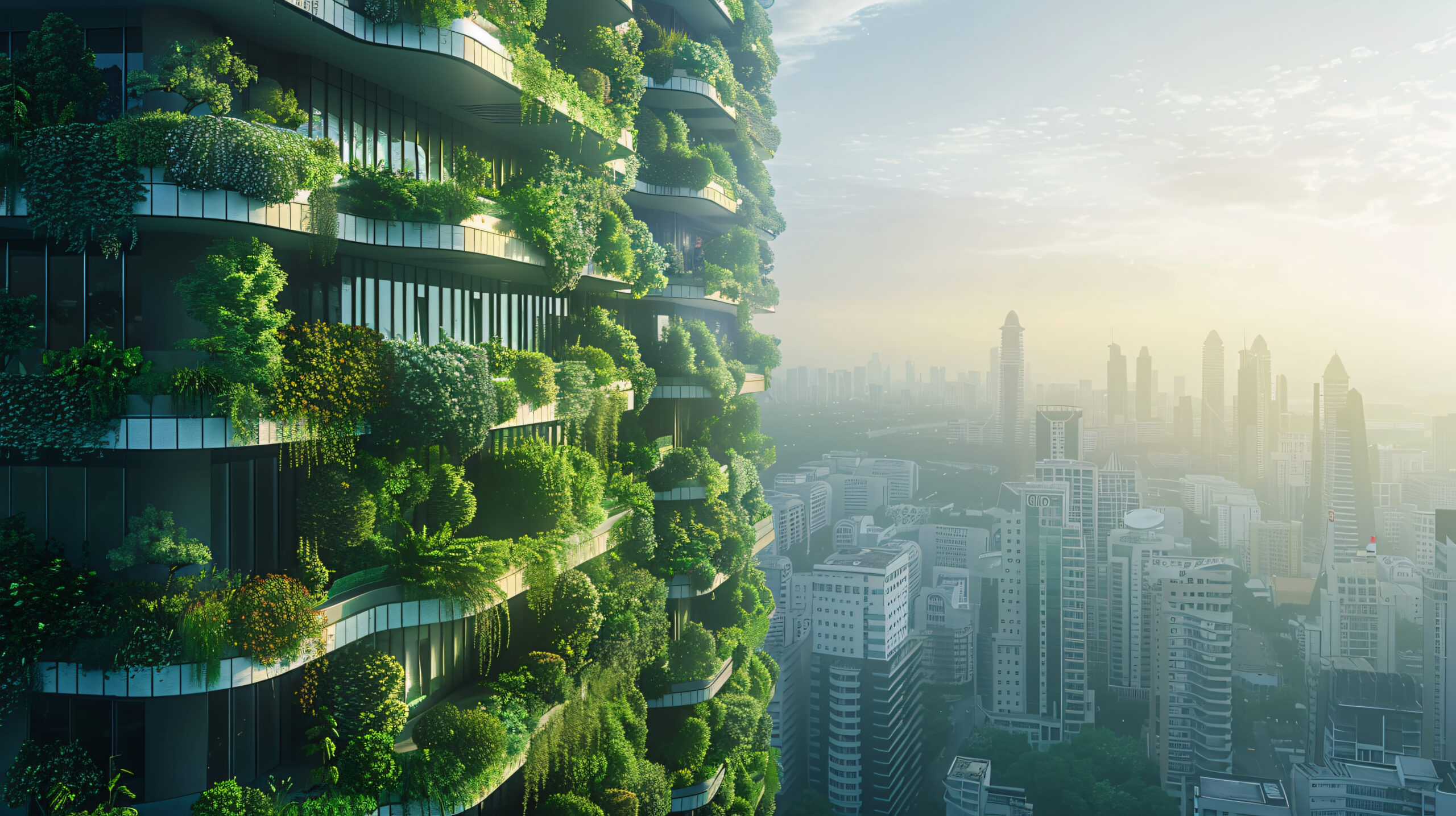In recent years, sustainability has become more than just a buzzword – it’s necessary for businesses and societies to thrive in the long term. But what exactly is economic sustainability, and how can you implement it in your organization to meet the needs of the present without compromising the future?
In this article, we’ll explore the principles and practices of economic sustainability, offering a comprehensive guide to driving long-term success while making a positive impact on the world.
What is economic sustainability?
Economic sustainability is about creating long-term economic growth and development without compromising the ability of future generations to meet their own needs. It’s a key component of the United Nations’ Sustainable Development Goals (SDGs), which balances economic, environmental, and social considerations.
Think of economic sustainability as one of the three pillars of sustainability, alongside environmental and social sustainability. Here’s a breakdown:
- Economic sustainability: Keeping a healthy balance between economic growth and responsible resource use.
- Environmental sustainability: Maintaining the health of our ecosystems, protecting biodiversity, and reducing environmental impact, including greenhouse gas emissions.
- Social sustainability: Addressing issues like social equity, health care, and quality of life.
When these three elements work in harmony, they create a framework for sustainable development that can meet the challenges of climate change, resource scarcity, and social inequality. It helps organizations transition from unsustainable practices to a more balanced economic system that respects the natural environment.
Economic sustainability isn’t just about preserving resources. It’s also about innovation and adaptation in economic activity. Companies embracing economic sustainability often find themselves at the forefront of developing new technologies that can drive both environmental and economic benefits.
Why is economic sustainability important?
In the midst of climate change and social inequalities, you might ask: Can I afford to prioritize economic sustainability? The better question may be: Can you afford not to?
Let’s dive into why economic sustainability isn’t just a nice-to-have, but a must-have for businesses today.
Competitive advantage
Companies that embrace sustainable practices are often better positioned to adapt to new market demands and capitalize on emerging opportunities in the green economy, enhancing their competitiveness. By integrating sustainability into their core business strategy, these companies can differentiate themselves in the marketplace, attract environmentally conscious consumers, and tap into new markets.
For instance, a company that develops innovative, eco-friendly packaging solutions may find itself at the forefront of a growing market as consumers and regulations increasingly demand sustainable alternatives. This first-mover advantage can lead to increased market share and brand loyalty, driving long-term business success.
Risk mitigation
Sustainable practices can help insulate your business from the volatility of resource prices and potential regulatory changes, particularly in regions like Europe where environmental regulations are becoming increasingly stringent. By reducing dependence on non-renewable resources and improving resource efficiency, companies can buffer themselves against supply chain disruptions and price fluctuations.
Moreover, businesses that proactively adopt sustainable practices are better prepared for future regulatory changes. They can avoid costly retrofits or penalties and may even influence policy development in their industry. This foresight can result in significant cost savings and competitive advantages in the long run.
Driving innovation
When challenged to do more with less, businesses often develop new technologies and processes that can lead to increased efficiency and productivity in their outputs. The pursuit of economic sustainability can be a powerful catalyst for innovation across all aspects of a business.
For example, the need to reduce energy consumption might lead a manufacturing company to develop new, more efficient production processes. These innovations not only reduce environmental impact but can also lower operational costs and improve product quality. Such advancements can open up new revenue streams and markets, further enhancing the company’s competitive position.
Long-term viability
An economically sustainable approach ensures that your business can continue to operate and grow without depleting the resources it depends on, aligning with the SDGs. This long-term perspective is crucial for building a resilient business that can weather economic downturns, resource scarcity, and changing market conditions.
By considering the broader impact of business decisions on society and the environment, companies can build stronger relationships with stakeholders, including customers, employees, and local communities.
This holistic approach to business not only ensures continued access to necessary resources but also fosters a positive reputation that can translate into increased customer loyalty and easier recruitment of top talent.
In essence, economic sustainability is not just about being environmentally friendly—it’s a strategic approach to business that can drive profitability, innovation, and long-term success while contributing to broader societal goals. As we face increasing environmental challenges and resource constraints, the businesses that thrive will be those that have successfully integrated sustainability into their core operations and strategy.
A company that invests in energy efficiency and renewable energy sources not only reduces its carbon footprint but also insulates itself from the volatility of fossil fuel prices. Isn’t that a win-win scenario for both the business and the natural environment?
What does economic sustainability look like?
To better understand how economic sustainability principles are applied in the real world, let’s look at some industry-wide examples:
- Circular fashion. Some clothing companies have implemented repair and resale programs for their products. These initiatives extend product life cycles, reduce waste, and create new revenue streams while appealing to environmentally conscious consumers.
- Sustainable consumer goods. Many large consumer goods manufacturers have set ambitious sustainability targets. These often include sourcing raw materials responsibly, reducing packaging waste, and improving energy efficiency in production processes. Such efforts not only reduce environmental impact but also often lead to cost savings and improved brand reputation.
- Green building materials. Innovative companies in the construction industry are developing carbon-neutral or even carbon-negative building materials. By using recycled content and bio-based materials, these firms are revolutionizing the sector while addressing the significant environmental impact of construction.
- Energy sector transformation. Some traditional energy companies are pivoting towards renewable sources like wind and solar power. This shift not only aligns with global climate goals but also positions these companies for long-term success as the world transitions to clean energy.
- Sustainable agriculture. Agricultural businesses are adopting practices like precision farming, which uses technology to optimize resource use. This approach increases crop yields while reducing water consumption and chemical inputs, benefiting both the environment and the bottom line.
These industry examples demonstrate how economic sustainability can drive innovation across sectors, helping businesses improve their environmental and social impact while ensuring long-term economic viability.

How to implement economic sustainability in your organization?
There are four concrete steps to embed sustainability into every aspect of your business operations:
1. Set clear goals and define metrics
You can’t manage what you don’t measure. Start by setting clear, measurable goals for your sustainability efforts. These might include:
- Reducing greenhouse gas emissions by a specific percentage
- Improving energy efficiency in your operations
- Increasing the use of renewable resources in your supply chain
- Implementing reuse strategies to minimize waste
Remember to consider economic indicators like long-term profitability and innovation rates alongside environmental metrics. Align your goals with relevant SDGs to contribute to global sustainable development efforts.
2. Integrate sustainability into your business strategy
Sustainability should be at the core of your business strategy and decision-making processes. Ask yourself:
- Could you redesign your products to use fewer natural resources or be more easily recycled?
- Could you shift to more sustainable suppliers?
- How can you invest in clean technologies to give you a competitive edge?
By integrating sustainability into your strategy, you create new opportunities for innovation and growth in a sustainable economy.
3. Engage your stakeholders
Economic sustainability requires collaborating with many stakeholders. Start by involving your employees in sustainability initiatives. They often have valuable insights, and their buy-in is crucial for success.
Next, communicate your sustainability efforts to your customers using various channels, including social media. Today’s consumers increasingly prefer eco-friendly brands, and your transparency can build brand loyalty. Don’t forget your suppliers – work with them to improve sustainability throughout your supply chain.
Finally, engage with your investors by showing how your sustainability efforts contribute to long-term value creation and align with global goals like the SDGs. By involving all these stakeholders, you create a robust ecosystem that supports and drives your sustainability goals.
4. Monitor and report your progress
This helps you track your performance, identify areas for improvement, and build trust with stakeholders.
Consider using established frameworks like the Global Reporting Initiative (GRI) or the Sustainability Accounting Standards Board (SASB) standards for your reporting. Be transparent about both your successes and challenges in your journey towards economic sustainability.
Start your journey to economic sustainability
Economic sustainability offers a pathway to enhance long-term financial performance while driving positive social and environmental impact. Addressing the sustainability factors above can help you make more informed decisions, mitigate risks, and contribute to fighting global challenges. It’s about creating a resilient business model so your organization can thrive in a rapidly changing world.
As you embark on this journey, remember that economic sustainability is an ongoing process. It requires continuous learning, adaptation, and innovation. You’ll face challenges along the way, but the potential rewards – both for your business and for society – are worth it.
Ready to take the next step in your sustainability leadership journey? Consider enrolling in IMD’s “Leading Sustainable Change” program. This learning journey will give you the practical tools to embed sustainability into your business strategy, helping you create superior customer value and find your competitive edge.
Whether you’re a C-suite executive or sustainability manager, this program will empower you to drive both business performance and positive impact. Don’t just adapt to the future – shape it.
Join IMD and become a leader in the sustainable business revolution, driving economic development that respects both people and the planet.
Get the latest sustainability content in your inbox 💌
